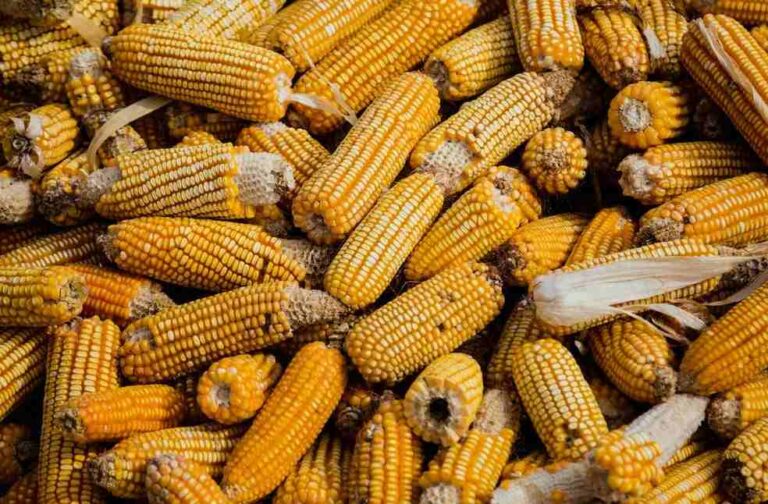Weather disruptions are reshaping corn export trends, positioning Brazil as a potential beneficiary amidst declining yields from the U.S. and Argentina.
Intermodal’s recent analysis casts a spotlight on an anticipated 1% drop in U.S. corn production for the 2023/24 season, pinning the figure at 367 million tons. Persistent adverse climates in the U.S. Corn and Soybean belts, particularly the northern regions with maturing crops, signal looming challenges.
U.S. corn exports for June witnessed a stark decline, plummeting 34.7% below the 5-year average, marking a near-decade low. A significant catalyst for this downturn is China’s dwindling purchases, a meager 0.5 million tons for the month.

Contrastingly, Brazil emerges as a potential challenger to the U.S., positioning itself to possibly become the world’s top corn exporter, a title it previously claimed in 2012/2013. The pricing allure of Brazilian corn, cheaper by $30 per metric ton than its U.S. counterpart, coupled with the influential dollar strength, directs international clientele Brazil’s way. Remarkably, Brazil’s June corn exports exceeded the 5-year average by 33.5%, with even more optimistic projections for July.
Given the current trajectory, Brazil stands on the verge of redefining the global corn marketplace, commented Mr. Yiannis Parganas, Head of the Research Department of Intermodal. He also spotlighted Brazil’s stellar June performance, with high hopes for July to approach the record set two years prior.
Argentina, unlike its South American counterpart, grapples with adverse climatic impacts. With an estimated production of 34 million tons for the 2022/2023 MY, its exports suffer a setback. The introduction of the Agro Dollar policy, equating the Argentinian Peso at 340 pesos to a US dollar, casts a shadow over Argentina’s grain trade prospects.

Parganas emphasized, “Brazilian corn exports are expected to play a crucial role in compensating for the lost productions of both the US and Argentina while with the expiration of the Black Sea grain deal, there may be significant disruptions to Ukrainian corn exports. This situation creates an opportunity for Brazil to step in and fill the void in the global corn market left by these countries.”
The shipping dynamics also warrant attention. Both the U.S. and China predominantly utilize Kamsarmax vessels for corn shipments. With the U.S. deploying 95% of this sector and Brazil at 85%, any shift in Chinese demand towards Brazil can be seamlessly handled by these vessels. Yet, Parganas points out potential congestion at Brazilian ports, which could neutralize the benefits of reduced shipping distances between Brazil and China.
IMEX SECTOR | China Scraps Barley Tariff: Australia Seeks Similar Move for Wine Trade



